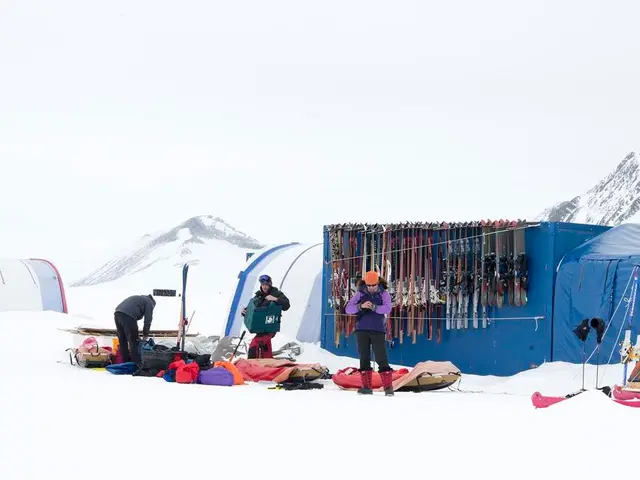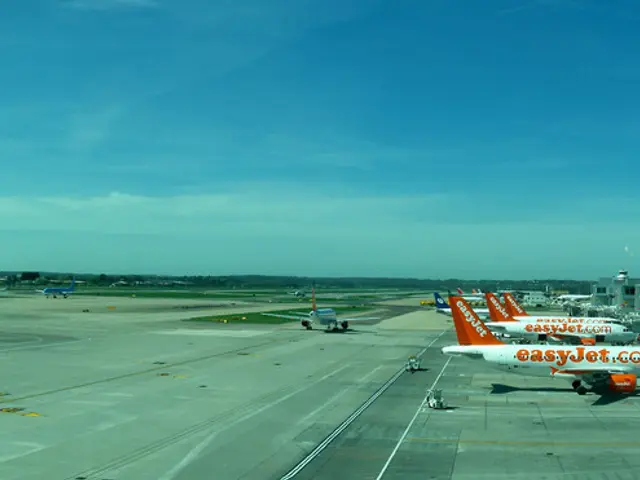Uncovered: The boarding pass secret that guarantees an undesirable seat assignment
In the bustling world of air travel, boarding passes serve as a crucial link between you and your flight. Here's a breakdown of some common codes and sequences you might encounter on your next flight.
Firstly, the Passenger Name Record (PNR) is a unique six-digit alphanumeric code that appears on every boarding pass. This code helps identify you as a distinct passenger, even if you share the same first and last name with another traveller on the same flight.
The SEQ number, also known as the 'sequence number', refers to the passenger boarding order for the flight. This number indicates your position in the boarding process, often called out at the gate and usually something like 'Group 1' or 'Group 2'. If your SEQ is, for example, SEQ08, it means you were the eighth person to check in.
Another common code on a boarding pass is 'SSSS', which stands for 'Secondary Security Screening Selection'. Travellers who have 'SSSS' on their boarding pass should expect an 'enhanced' screening, which can take longer than standard security procedures. This extra-thorough security check is enforced by the Transportation Security Administration (TSA) in the US.
Overbooking planes is a common practice in the airline industry. Those who have checked in last are at risk of being moved to a different flight if the plane is full. The SEQ number can cause issues if you are one of the last people to check in and the flight is full.
Some airlines allocate seats in the order of how the travellers have checked in. For instance, Southwest Airlines uses the group number on flight tickets to determine seat assignments, especially in relation to policies for passengers requiring extra seating. Other airlines like United or Delta do not base seat assignments on group numbers but rather on paid seat selection or other criteria.
Other codes on boarding passes can include the group number, which airlines like Air Canada and Finnair use. The group assignment for boarding can be based on factors such as families who need priority boarding, disabilities, and seating class.
Lastly, it's important to note that your boarding pass contains more than just the codes and sequences. It also includes your flight number, departure time, booking code, and other details. The PNR, for example, is a detailed travel itinerary that includes everything from flight details to meal preferences and even frequent flyer status.
In summary, understanding the codes and sequences on your boarding pass can help you navigate the airport more smoothly. Whether it's your SEQ number, PNR, or 'SSSS', being aware of these details can help you prepare for potential issues and make your air travel experience more enjoyable.
Read also:
- Struggle for Wetlands, Wildlife Preservation, and Youth-Driven Conservation Movement Led by Matthew Vincent Tabilog in the Philippines
- Weekly proceedings in the German Federal Parliament (Bundestag)
- Upgraded Delights: A Comparison of Overcooked and Overcooked 2, Revealing 3 Enticing Enhancements Worth the Excitement
- Family vacation deals in the Mediterranean: inclusions of children-free vacations and enticing destinations like Crete, Sicily, and Barcelona






